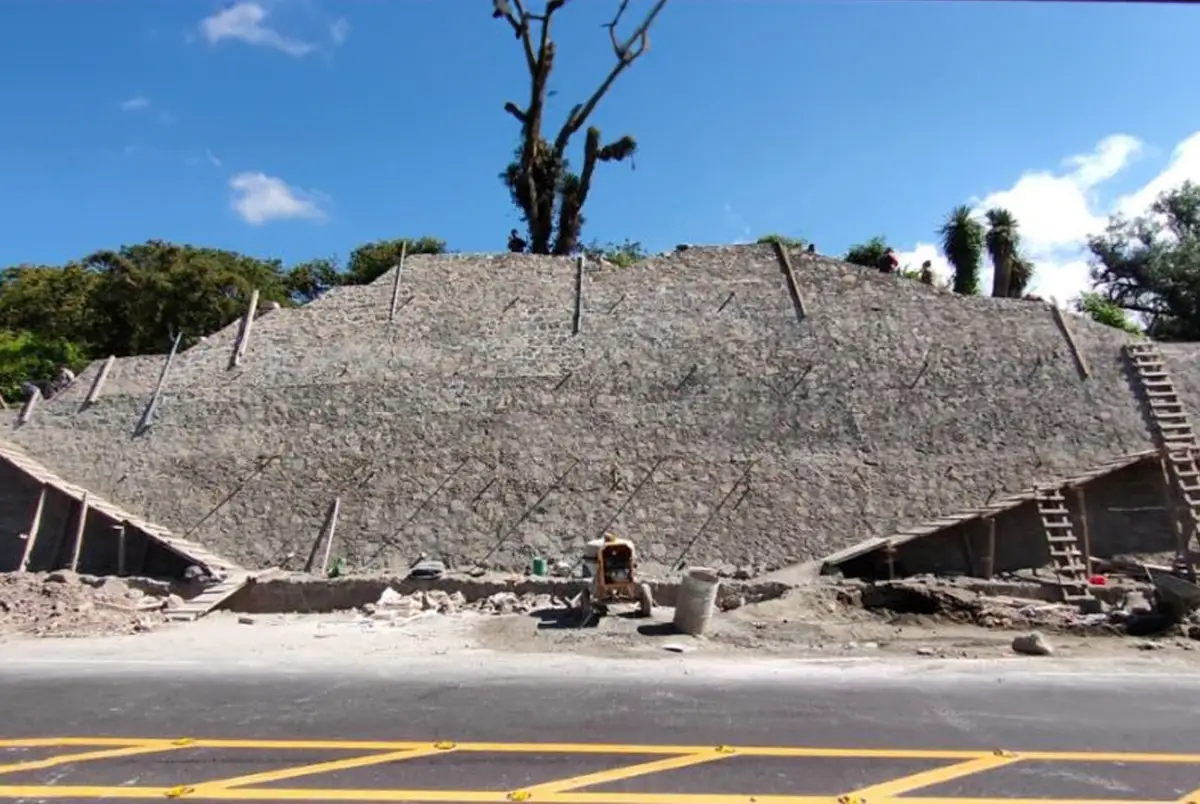Archaeologists from the National Institute of Anthropology and History (INAH) have conducted a rescue excavation following the discovery of a pyramid during construction works on the Federal Highway 105 in Hidalgo, Mexico.
According to a press statement by INAH, the pyramid (designated “Structure 1”) belongs to a pre-Hispanic settlement, recently declared as “San Miguel” for its proximity to the town of San Miguel Metzquititlán.
The site consists of five distinct sectors with at least 10 mounds, dating from the Epiclassic (AD 650-950) to the Late Postclassic (AD 1350-1519 AD) periods. Excavations have uncovered 155 objects, including ceramics, shells, lithic artefacts, and materials such as lime, coal, and charred wood.
Following a comprehensive study of Structure 1, the pyramidal base was stabilised with a 43-metre-long masonry wall alongside the archaeological profile, and was reburied as a conservation measure.
Archaeologists suggest that Structure 1 and the wider settlement could be associated with the Metzca lordship which settled in the Sierra Alta of Hidalgo.
“The data generated by this archaeological record will contribute to the understanding of human occupation in the Sierra Alta region of Hidalgo, specifically in the Barranca de Metztitlán area, where, according to historiography, the first settlements date back at least 14,000 years.”
The conservation project was successfully completed thanks to continued collaboration with Hidalgo’s SICT. Preliminary research results have been shared with local educational institutions, including the Colegio de Bachilleres del Estado de Hidalgo and Universidad Tecnológica de la Sierra Hidalguense, to raise awareness about preserving the region’s archaeological heritage.
Header Image Credit : CINAH Hidalgo
Sources : INAH







